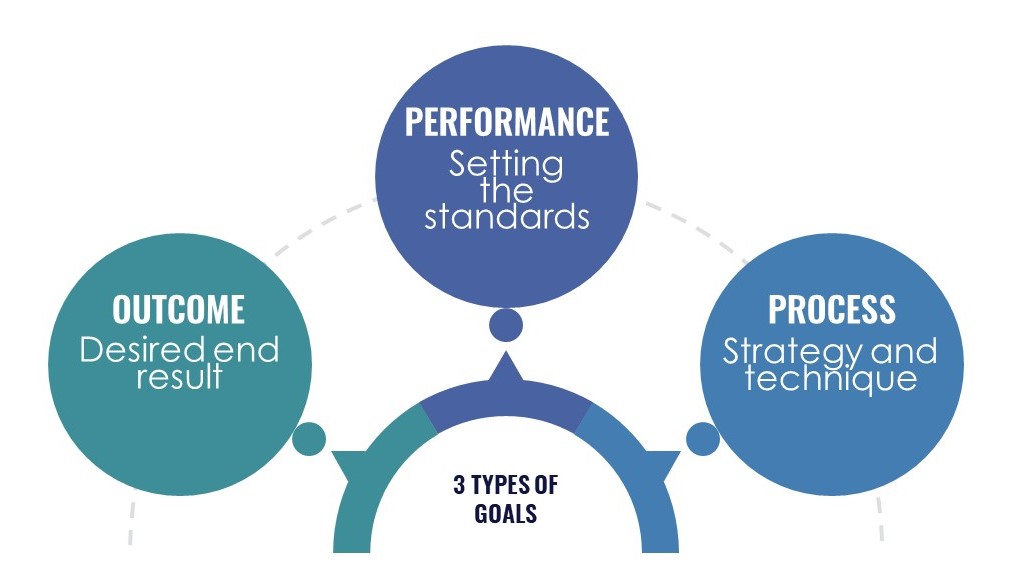
Every business sets goals, whether they are financial or non-financial.
Have you ever wondered why you keep setting business goals and find it hard to hit them?
You try to motivate yourself, look at your goals every day, go over positive affirmations, say that you can do this, and still find yourself disappointed.
You have good intentions however, setting OUTCOME goals alone will not get you results. You may be asking, “Androulla, what are outcome goals?”
Outcome goals give you a sense of direction of where you want to head. However, these are not the only goals you need in your business. The other 2 types of goals I’m going to share with you are something you can control.
So let’s jump into it.
Typically we set what we call ‘outcome‘ goals.
Outcome goals are high-level and they focus on the desired end result. Examples:
– Sales for December to be $20,000
– Number of clients for December to be 10
– New clients from overseas each month to be 2
The following 2 goals are action-orientated and controllable.
Performance goals are designed to align with your outcome goals. These goals identify specific standards and are the actions you need to take – the ‘DO.’ Examples:
– Make 100 sales calls a week and convert 2 a week
– Have 100 visitors to the website a week to book a call or get a quote.
Process goals are the ‘HOW‘, the strategy or technique used to perform the tasks.
Examples:
– Reply back to enquiries within 2 hours
– All sales calls to be made before 10am
– Leads to follow up in the future to be added to your database with a reminder
The chances of you achieving your ‘Outcome’ goals increase when you have a coinciding performance and process goal set that you will action, monitor, measure and assess.
If you are interested in knowing more about setting goals in your business, I’d love to hear from you – reach out and get in touch. Click here to book a 15 minute chat with me.
EmpowerBeyond – Business Performance Solutions, focusing on people, process, products and services and improving productivity and cash flow www.empowerbeyond.com.au





